Timeless, or evergreen, content—content that can be useful anytime that’s not tied into an event or a holiday—on your website can serve you well. But if you want to take your content to another level, consider incorporating content based on news and trends.
It’s a great way to demonstrate that your organization is relevant. Why is that important? Relevant content can increase your traffic and high-quality links to your website, engage a broader audience and attract the attention of Google. And what organization doesn’t want that? More website traffic equals more potential conversions.
To say there’s been a lot going on in the world over the past few months is an understatement. In fact, the year 2020 has seen its fair share of major historic events—including an impeachment trial, the coronavirus pandemic, devastating Australian bushfires, Brexit, widespread demonstrations & protests—and we’re only halfway through the year!
Fortunately, by staying tuned into current events and trending topics in your niche, you can easily and creatively develop content that’s clickable, shareable and linkable. Here are a few ways to use trending topics to attract links and targeted traffic to your website:
Keep Up with the Times
The first step in creating content that’s bound to go viral is staying ahead of the trends as much as possible. By the time you are seeing tons of articles on a given topic, it may be too late to ride the wave. That’s why you should leverage several tools to stay on top of current events, news stories, pop culture and more. That way, as soon as a story breaks, you can start drafting up your own article, review, video, or opinion piece.
The Best Tools for Keeping Up with Trending Topics
Google Trends
Google Trends is a great trending topics tool, as it shows you the top rising searches related to your keyword. You can also filter your searches by region and date. Use Google Trends to see what topics are trending in your niche and keep track of any increases in traffic.
Most people use Facebook to stay in touch with friends or share their thoughts so it’s no surprise that Facebook is great for recognizing what topics are trending online. You can check out popular hashtags related to your niche, pop into Facebook groups to see what your audience is talking about or simply stay tuned into what events are showing up on your timeline.

Much like Facebook, Twitter is a hub for all that is happening online; from important social issues to celebrity news and everything else in between. Check out the Trending section to see what’s hot online. Keep you eye on popular industry hashtags. Follow public figures and thought leaders to see what they’re sharing and talking about.
Reddit is underrated, but it can actually be a highly valuable tool, both for finding content and promoting your own. You can explore “Subreddits” related to current events, technology, politics, and nearly any niche you can imagine. Reddit can also be a great place to find out what’s happening in the world of SEO, business and beyond.
BuzzFeed
BuzzFeed provides a wealth of social news and entertainment. While it’s definitely not the New York Times, BuzzFeed shows what’s going on in popular culture. You can browse content in sections ranging from Style to Books, and the trending section shows the most popular posts.
YouTube Trends
YouTube is the second largest search engine in the US behind Google, making it an incredible resource to find trending content. The video platform offers a trending feed and subcategories like music, gaming, news, movies, and fashion to help find trending topics within specific topic areas.
Be On the Lookout for Opportunities

Once you are aware of what topics are currently trending in your space, then you can look out for opportunities to create some amazing content. Sure, you could simply write an opinion piece, but why not think outside the proverbial box! Rather than scouring the web for ideas, the best approach is to start with what you know already–your brand.
For example, our client, Aquarium of the Bay seized an opportunity to develop and market branded face masks. Another client, Community Reinvestment Fund, USA (CRF), which provides funding for small businesses, made sure that it’s audience was up-to-date on available government programs during the pandemic.
Ask These Questions for content opportunities:
- Is there a “gap” in what’s currently being covered? Can you offer a fresh take on a current issue?
- What is your audience interested in at this moment? Is there a pressing issue that needs to be addressed?
- What are your competitors talking about? If your competition is covering a topic, that’s a good indication that you should be too. Just make sure that it is, in fact, relevant to your audience and that your content is original.
- What has worked in the past? Regardless of what’s trending now, is there a style or format of content that has worked well in the past. Can you replicate your “evergreen” content with a modern twist?
- What kind of content can you provide that is most likely to be linked in your niche? You may have to dig a bit to find this, but by searching your keywords you should be able to find some content pieces that have performed well online. If they have a high number of quality links, see if you can dissect their strategy and format.
Develop Shareable, Engaging Content
The beauty of creating content around trending topics is that it is relatively low risk with potentially high rewards. Getting the hang of it may take some trial and error, but it involves rather minimal investment. There are several ways to create content that will attract links and boost traffic.
Choose the Best Format
Blog posts tend to be the go-to format for content, but don’t forget about other options. When it comes to trending topics, most times people are looking to get their information quickly. Whichever format you choose, the idea is to be able to identify the content instantly, grasp your main points and what action you want them to take. Think long and hard about what format would be most engaging for the content you hope to put out. Would a short video work? A funny cartoon? A creative infographic? The possibilities are nearly endless.
Aim for a Wider Audience
Generally, when you craft a content marketing piece, especially for links, you will want to tailor it to a unique audience. However, what matters here is that your content is picked up by a wide range of platforms and is shared at hyper-speed. If you aim for a wider audience, there’s more potential for it to be shared across the web. While it may not be the most conversion-friendly piece, the point is that it will generate traffic and attract links.
Add Images, Infographics & Videos
Adding images, videos and more to your content will only up the engagement factor, making it more likely that people will share your content. It also helps broaden the appeal to people who prefer different kinds of information (video, written, etc.) and makes it easy to repurpose the content for other platforms. For example, you can share your graphics on Instagram, your video on YouTube, promote an infographic via email, and more. This opens up even more traffic channels.
Optimize for Search & Sharing

Obviously, if traffic and links are your main objectives, you will want to optimize your content for search engines. The talented team at NPM can help ensure that your site is optimized for search and sharing. Make it super easy for users to share your content as they wish. This means making the share buttons accessible on your website, including an engaging title and description, and setting a featured image for your post. Make sure the content is optimized for mobile and, if possible, make it available in a variety of formats to make it easy for users to share your content to Facebook, Instagram, Twitter, Pinterest and more.
Repurpose Across Platforms
When it’s time to share your content, being strategic about what platforms you are going to circulate your content on and how can make a big difference. Simply sharing a blog post on Facebook won’t do much to get you the traffic and links you are looking for. Keep in mind what platforms you are already active on and which ones are most likely to engage your audience. Think creatively about how best to repurpose content into a variety of formats for optimal sharing. It may take a bit of trial and error, but eventually you’ll be able to tell which platforms deliver the most traffic and links. Here are a few ideas to get you started:
- Turn written content into a slide video with voiceover to share on YouTube.
- Address the topic via Facebook Live on your organization’s page.
- Add images from your article on your Instagram Story.
- Run a campaign to your email list that includes a link to your content.
- Circulate your content in niche-related Facebook Groups.
- Connect with influencers in your industry to promote your content for you.
- Run a Facebook or Instagram ad campaign.
- Use email outreach to attract links to your video, article, or infographic.
- Ask friends and contacts in your network to share your content.
Using trending topics is a great way to add fresh content, broaden your audience and engage visitors, but it only works if it makes sense. Always ask, “ if your brand should create content around this?” Just because something is trending doesn’t mean it’s relevant to your brand or your audience. But, when you can make it work, the results can be well worth it.
If you want to know more about how the Google Ad Grant can help your organization promote its cause, get in touch with us or check out The Ultimate Guide to the Google Ad Grant: 2020 Edition, authored by our very own NPM CEO Grant Hensel. We love to help nonprofit organizations succeed!
.svg)


.svg)
.svg)
.svg)

.avif)









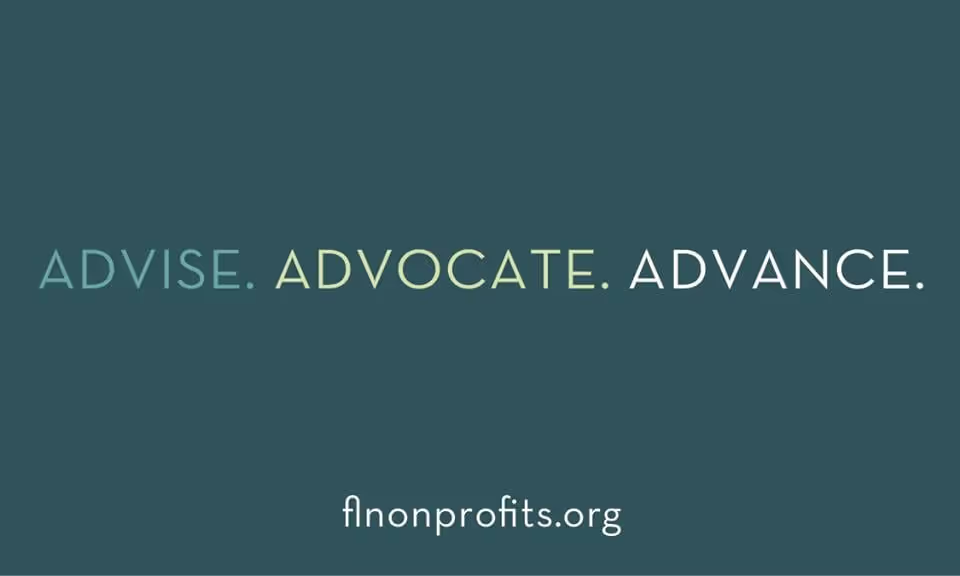




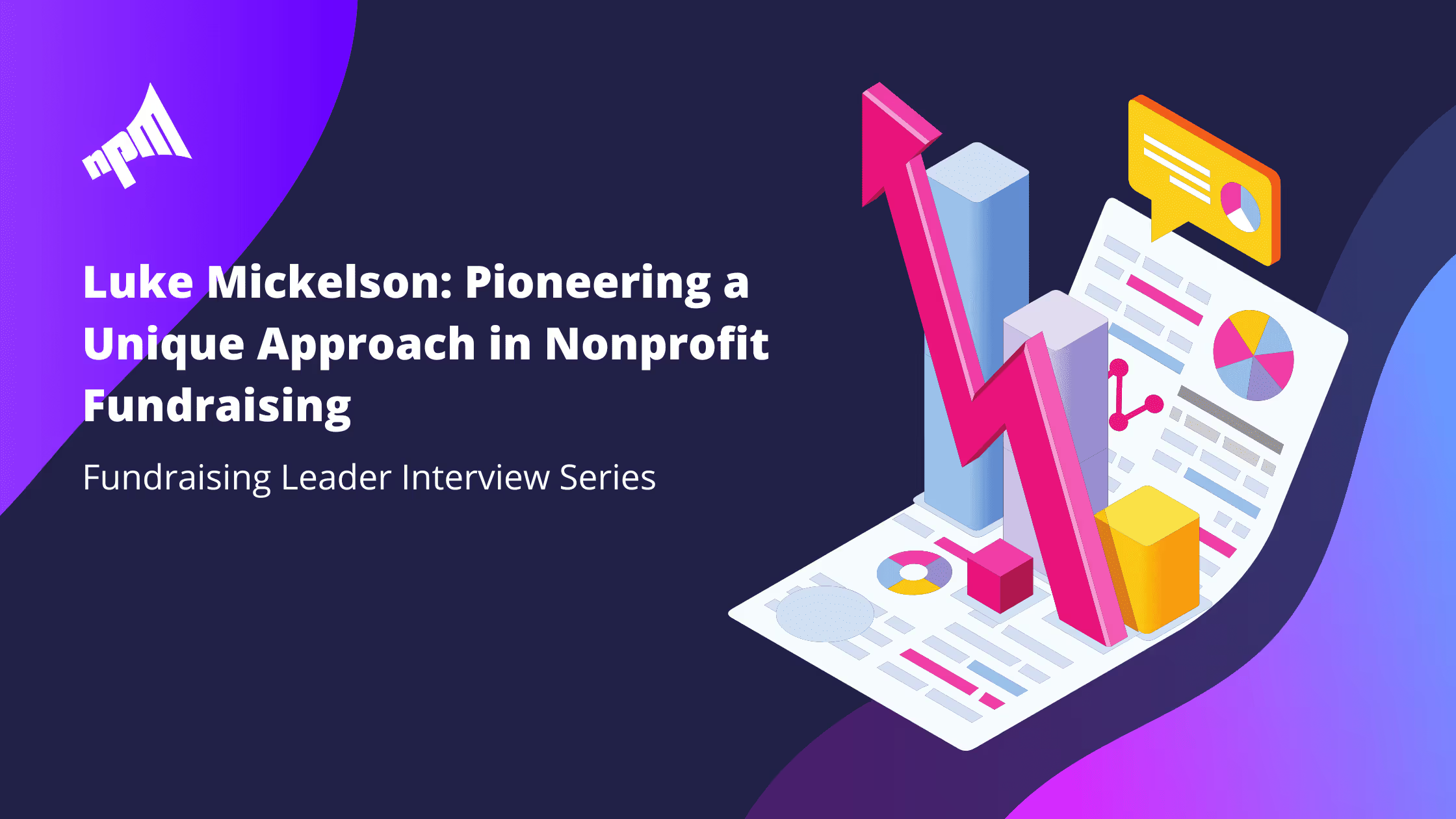
















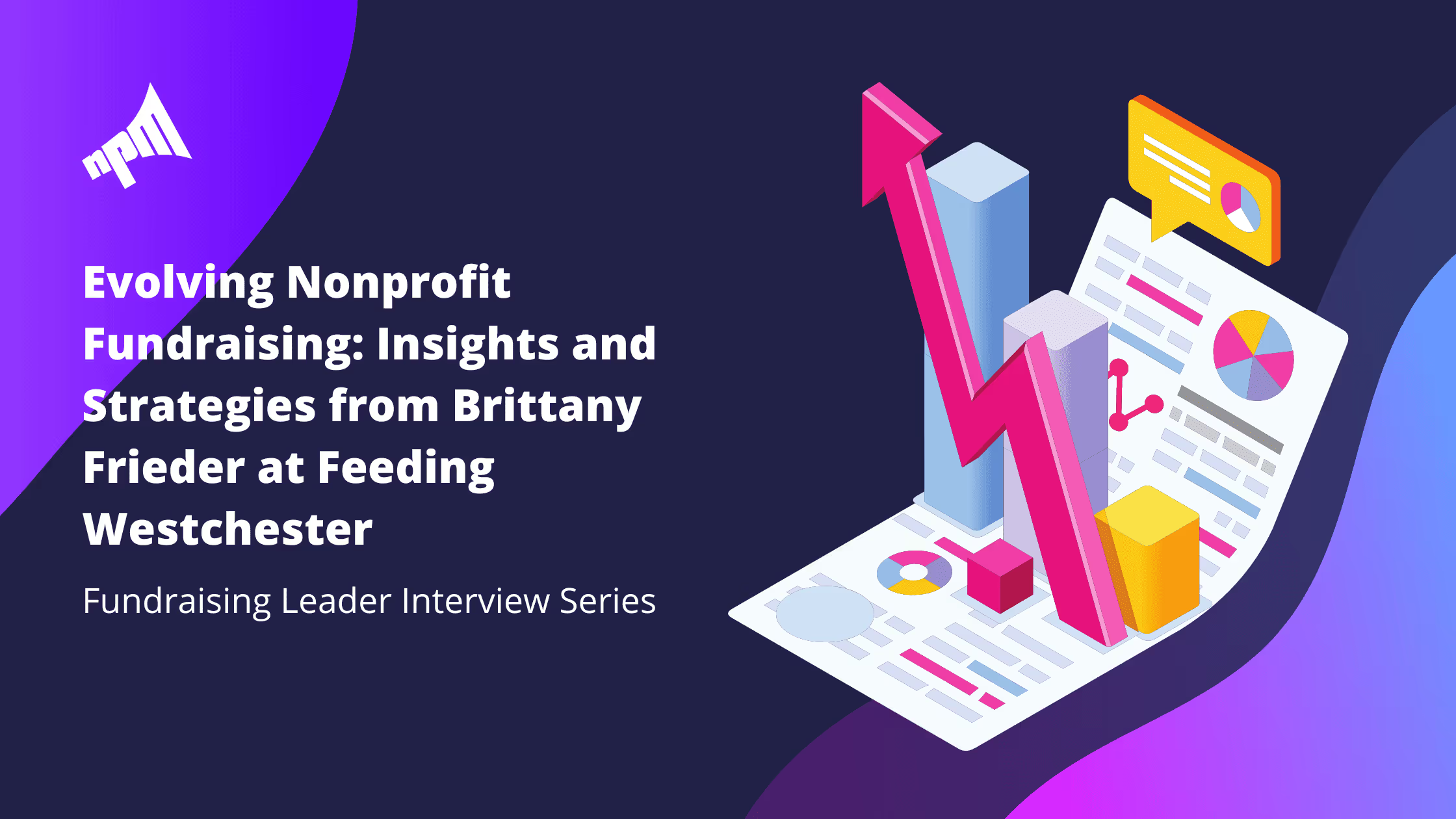


















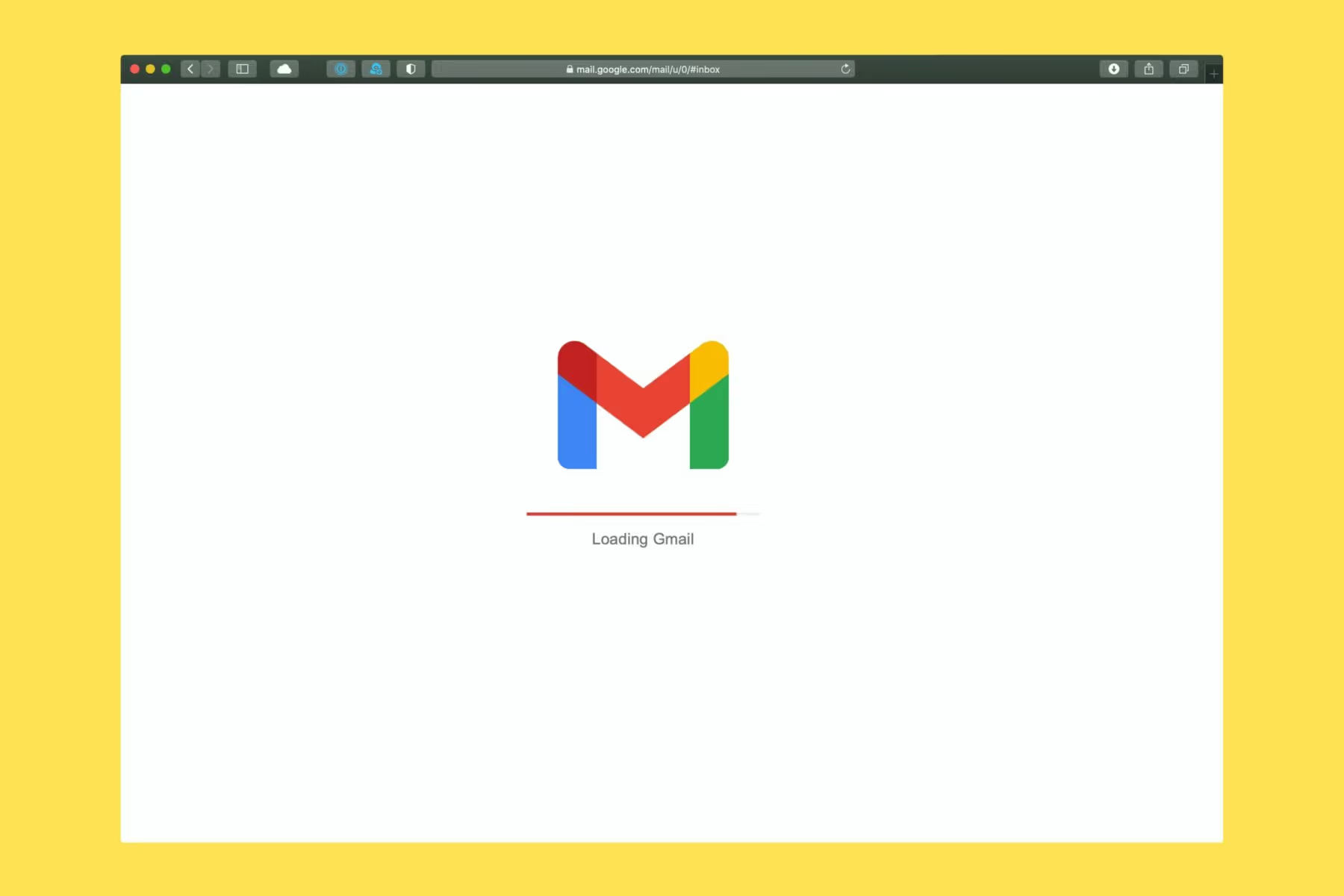

























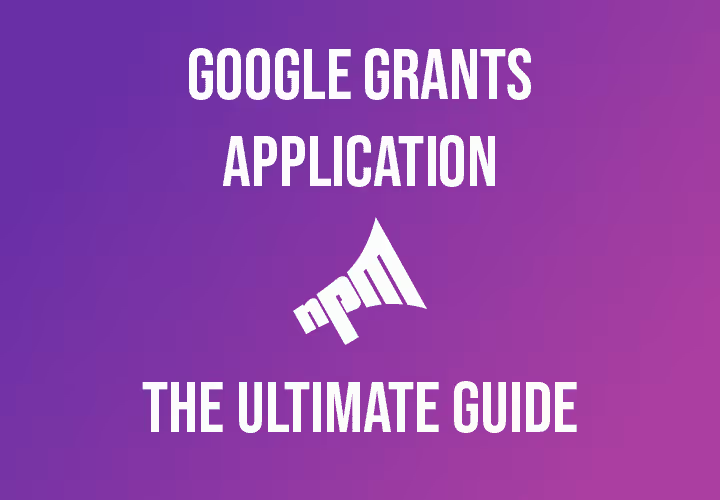


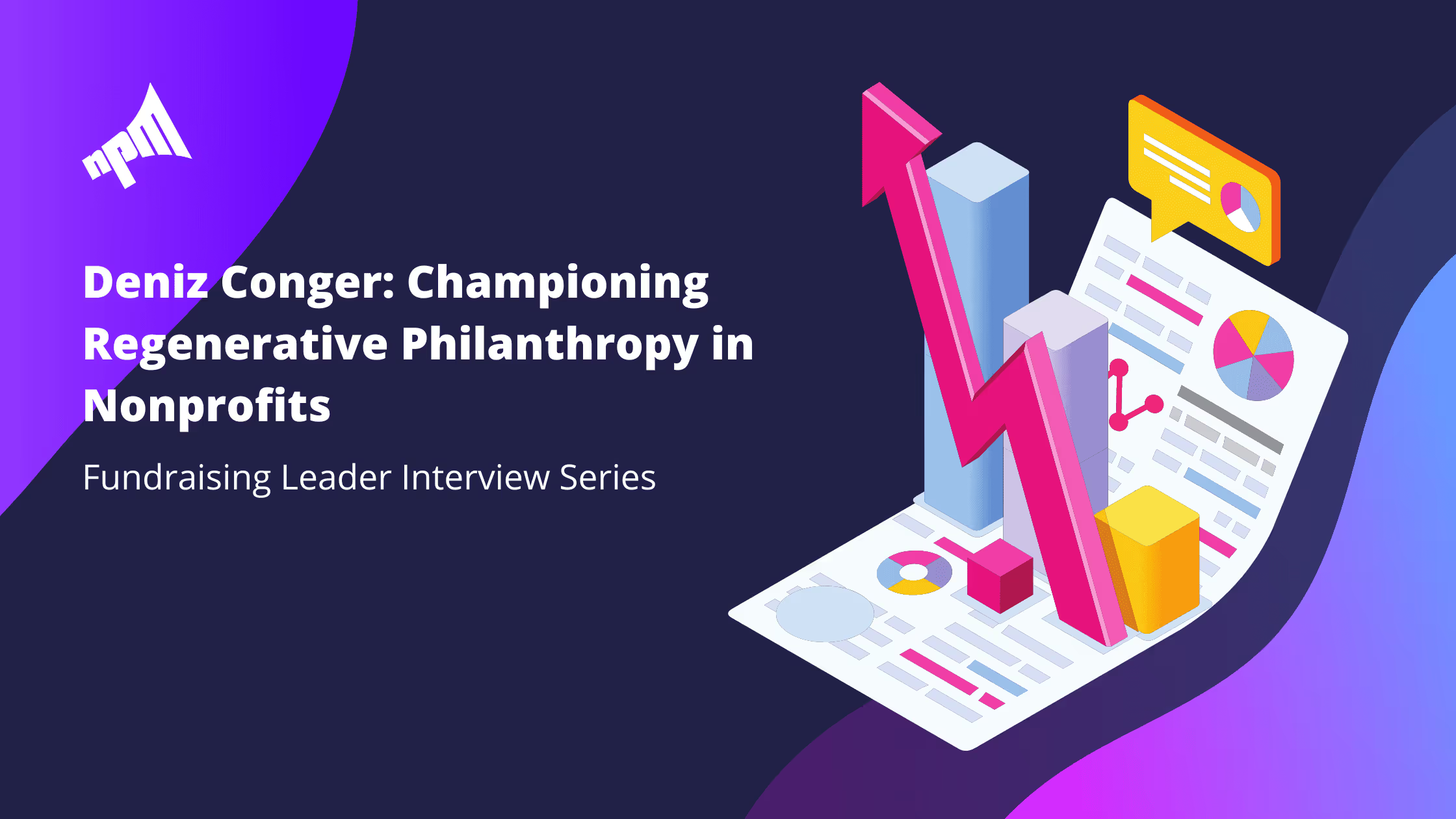





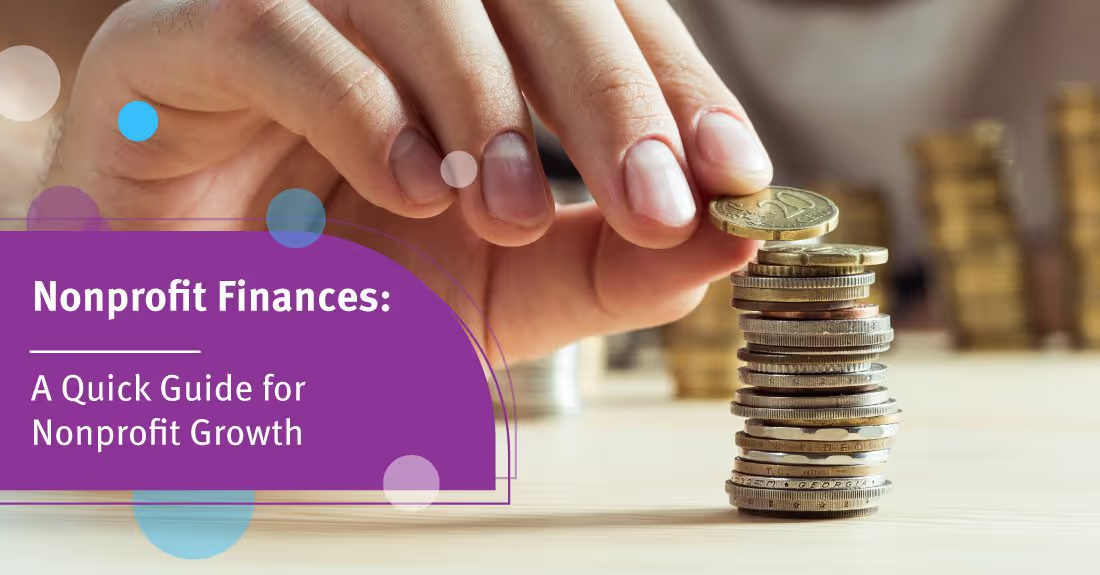


















.svg)
.svg)
.svg)
.svg)